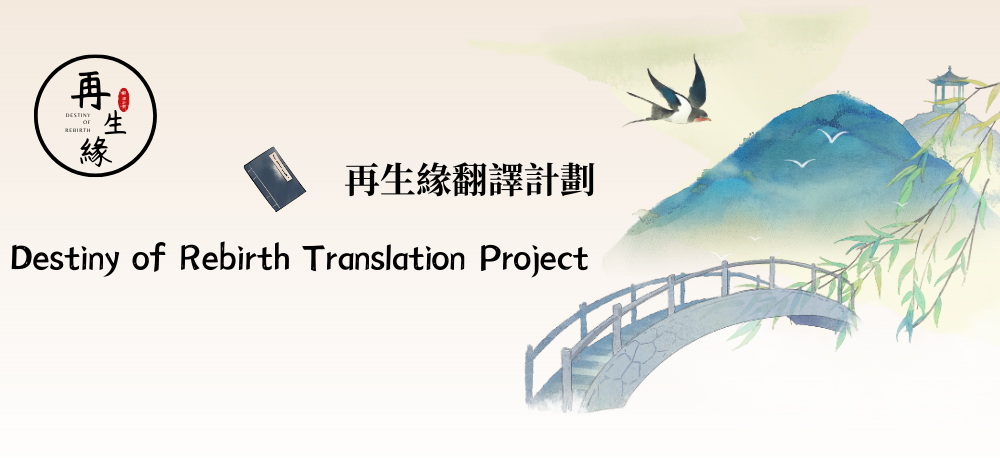The original text is jinhua zigao 金花紫誥 [gold flower, purple-ink edict]. An imperial edict written on golden-floral silk paper and sealed with purple ink. In the Song Dynasty, one…
Leave a CommentCategory: Cultural Notes
The original text is ding 錠. Ding refers to lumps of metal or medicine. It is also a quantifier, the unit for calculating lumps similar to an ingot.…
Leave a CommentThe original text is ni 猊. Also known as suanni 狻猊 or 狻麑, it is a wild beast. It has the shape of a lion, and is said to be the nine sons of dragon. Because lion did…
Leave a CommentThe original text is ruma 如麻 [like hemp]. It came from the idiom xinluan ruma 心亂如麻 [mind so tangled like hemp]. Because the textile of hemp is so convolutedly woven, it becomes a metaphor for someone’s upset…
Leave a CommentThe original text is huangsha 黃沙 [yellow sand]. It can refer to sandy soil or desert areas. It may also represent prison. It can also indicate a…
Leave a CommentJiuquan 九泉 [nineth spring] refers to the place where the dead are buried, that is, in the underworld. Because when digging deep into the ground, yellow spring water will come…
Leave a CommentThe original text is qipai guan 棋牌官 [the officer of flags and banners], which refers to the military offices who were responsible for transmitting orders and commands. They would hold the…
Leave a CommentThe original text is xiongxiao 兇梟 [ominous owl], referring to accidental disasters. Xiao 梟 [owl] is understood as a kind of unfilial bird in the first Chinese dictionary Shuowen jiezi 說文解字 [Explaining Graphs and Analyzing Characters]. Lu Ji 陸機 (261-303) in his annotation to Book of Songs says that when the children of xiao grow…
Leave a CommentChuixiong diezu 捶胸跌足, literally translates to stomping and pounding against one’s chest. But, it also describes people as extremely sad.
Leave a Comment